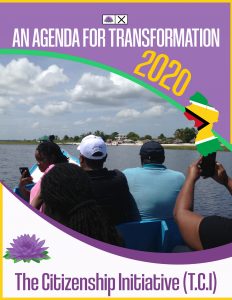Donate Online:
Cash App: $tciguyana
Zelle: donate@citizenship.gy
In Guyana: Please contact us
PILLAR - Education and Resource Development
Infrastructure
Minimum Building Standards for Education Facilities
The absence of the implementation of the national building codes also extends to infrastructure in education. Concerns of safety, accessibility, aesthetics or even climate are not taken into consideration. Considering that infrastructure costs accounts for a substantial share of the annual education budget, we are proposing the development of a multitiered, comprehensive minimum standards code for education infrastructure, one that takes into consideration:
- Access by persons with disabilities.
- Spatial consideration for practical programmes for sport, performing arts, agriculture and environmental education (see below).
- Basic safety considerations including gathering points in case of fire or other emergencies.
- Climate considerations – currently, designs that are using ventilation systems created for coastal communities are also being used in hinterland communities meaning that often hinterland teachers are forced to take classroom sessions outside in hot weather.
- Basic bathroom/sanitary block facilities that are adequate to the number of students housed at a particular school with minimum standards for their upkeep.
Shared Infrastructure for Practical Education
The reality of land and financial resource allocation for education infrastructure will be that there will be uneven allocation of facilities among schools. Some schools own large sports grounds while others do not. Some schools have farming facilities while others do not. What we are proposing is that there be a policy of shared facilities and supporting programmes in various catchment areas. These will be divided into four categories:
Creative Arts and Performance Spaces – schools with large auditoriums, stages or other facilities suitable for creative arts displays as well as performing arts recitals.
Sports Facilities – schools with fields for track and field sports, basketball courts, hockey, tennis and other facilities.
Agricultural Activity – schools with farms and arable land space.
Green Spaces – schools adjacent to forested, riverine, and ecologically diverse areas.
Community Involvement
Finally, we believe that infrastructural development for education needs – particularly in rural communities requires direct involvement of the communities the infrastructure is supposed to serve on placement and design of the infrastructure.
Give us a feedback on Infrastructure in Education and Resource Development.
Rate this Policy.
Click on a star to rate it!
Average rating 4.3 / 5. Vote count: 6
No votes so far! Be the first to rate this post.


